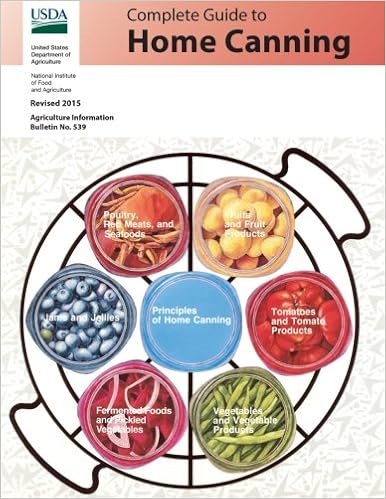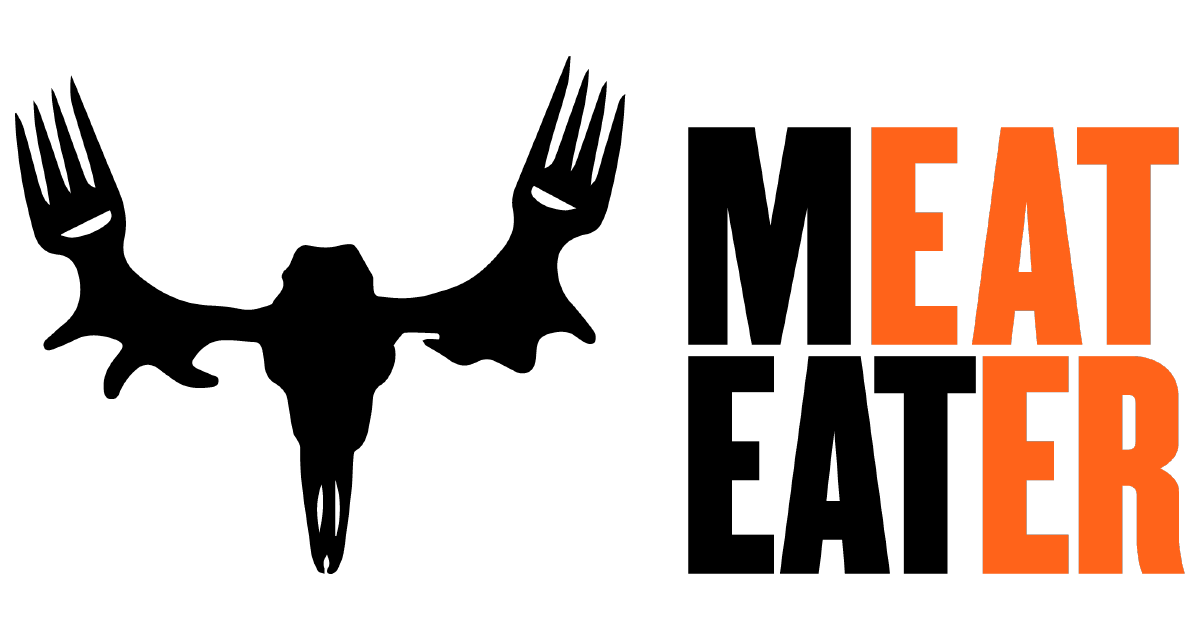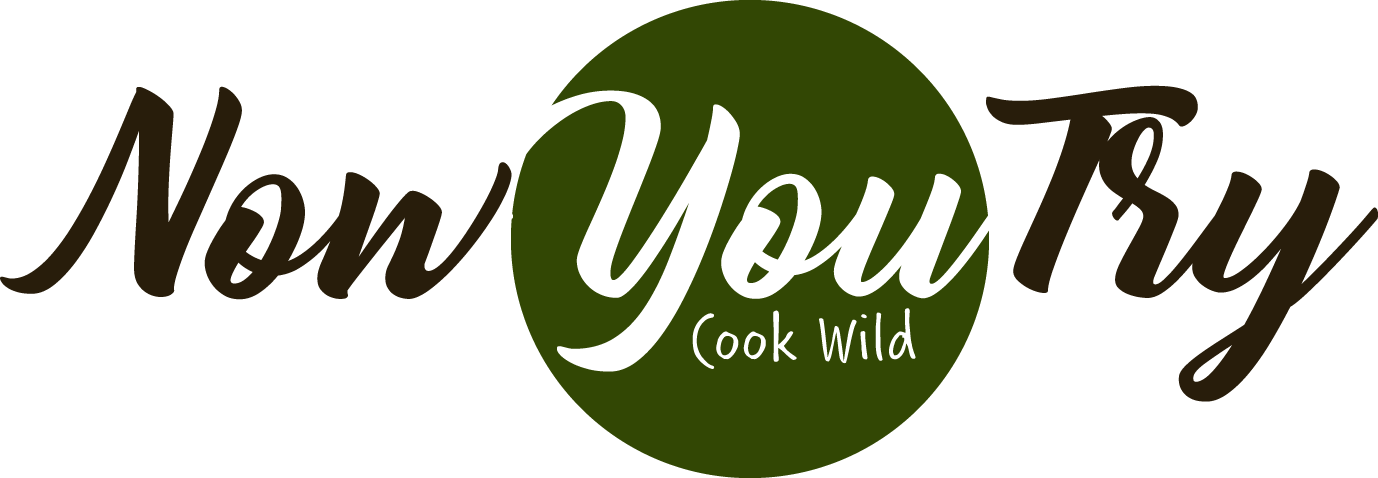You’ve spent all spring either building your garden from scratch, or maybe this isn’t your first rodeo and you have instead been turning over dirt, fertilizing and tending new seedlings. Either way, by this point in the summer you are probably seeing some yield.
If this is your first time harvesting the fruits of your labor, then be prepared for the catch-22 that every backyard gardener eventually runs into. Your little plot probably won’t produce enough tomatoes, cucumbers, or beans to completely replace store-bought produce. At the same time, it will produce more than you can immediately use. This conundrum offers a great chance to examine your own habits in regards to how many fruits and vegetables you buy, versus what you really need and use. Take an honest inventory of how much you end tossing out (or hopefully composting). It could give you a good opportunity to find recipe alternatives, or maybe different approaches to bulk up recipes using more varied ingredients. Instead of a mountain of cut green beans with dinner, what if you served a medley that included some store-bought produce, but also veggies and herbs from your garden?
Plus, lest veggies and fruit get all the shine, remember that we often have parts of game animals leftover from processing that we preserve or freeze, but maybe we don’t have a plan for. Instead of leaving everything for a questionable grind, what if we could create something new and unique that lasted us?
A fantastic alternative to cooking up hastily-thought-out recipes, or worse, wasting produce, is to store them. For smaller, hardier foods like beans, freezing is an option without too much fuss. However, a more reliable and time-tested way of preserving produce is canning. Deceptively named, because most canning happens in jars, FYI.
Canning and pickling are age-old methods that allow for pantries to stay full when harvests and hunts are far away. It has the additional benefit of allowing some creativity in the process. Different solutions, additives, and flavors can be used in the process to produce some amazing results when they are opened up. Below are a few of our favorite resources for learning about canning, getting ideas, and working towards mastering the craft.
Note – Any items that require a purchase are listed on our favorite items list on Amazon.
1. The USDA Complete Guide to Home Canning

The USDA is the authority on safe practices for food. It should be no surprise then, that their Complete Guide to Home Canning is considered somewhat of a holy text in canning circles. While the emphasis on testing and pH might seem tiresome and excessive, it’s the kind of stuff that will keep you well stocked on viable food and…well…alive.
2. Ball Canning Back to Basics

While reading the title of this book might be extremely confusing, don’t worry. You’re safe. The slick design that makes the title not read like a threat is consistent throughout the whole book. Several of the resources listed here are a little dry, to say the least. The colorful images, creative formatting, and easy readability make this an engaging book that will keep you coming back. This book also sets you up to get your creative juices flowing, as you learn the principles of adding flavor to preserved foods.
3. National Center for Home Food Preservation

Honestly if we were only allowed to include a single resource here, this would be it. It’s an extremely thorough collection of resources used for canning and preservation of foods. The website is a little archaic and hard to navigate at times, but persistence will be rewarded with a gold mine of information. In today’s kitchen, you’re much more likely to use a hard copy of a book, or something that is mobile-friendly. The HFP doesn’t offer either of these, but it should still be considered a go to for anything you can’t find elsewhere.
4. MeatEater

While primarily producing media across multiple platforms for hunting and cooking of game meat, MeatEater it’s still a top-notch resource for recipes of all kinds, and that includes food preservation. The primary reason for including MeatEater in the list is that it has lots of options for preserving game meat, organz, and lots of out of the ordinary parts of animals that we otherwise may not find uses for.
5. Universities

The final entry on the list is a catch y’all because it can depend a lot on what’s available to you locally. Universities, especially agricultural schools, will often have websites rich with information on food preservation. In addition, many of them also offer extension courses for free or a minimal charge in their communities. reading and research are incredibly useful tools, but it’s still hard to replace in-person, Hands-On instruction when it comes to life skills like canning and pickling.




